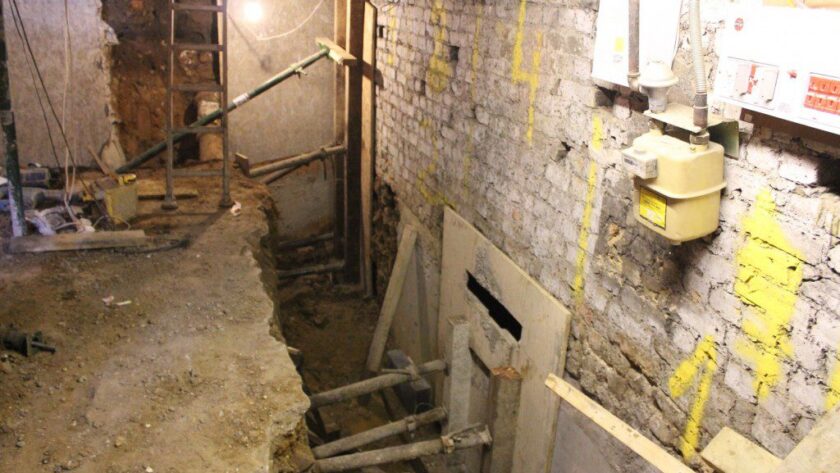Underpinning is an expensive and disruptive process involving contractors digging holes beneath existing foundations to be filled with concrete to strengthen them and strengthen your building.
Underpinning Melbourne can be necessary due to poor construction, adding an additional storey, or ground instability; however there may also be less intrusive ways of improving foundations such as jet grouting or steel piers.
Subsidence
Subsidence can occur for various reasons and underpinning may be required as a solution. These could include soil changes (i.e. more waterlogged ground or changing moisture content), tree root damage, flooding or sinkhole formation as well as poor foundation design or construction practices that cause it.
Traditional concrete underpinning involves contractors digging pits around existing foundations and filling them with concrete to form additional foundation layers underneath existing ones, strengthening overall strength.
Underpinning requires your home to be empty during construction and can be very expensive. As an alternative to mass concrete underpinning, resin injection offers another viable solution – contractors inject measured resin/cement mixture under pressure into the soil beneath existing foundations, where it sets into what’s known as a soil-cement column; an advanced approach that doesn’t involve excavation.
Changes to the Subsoil
Underpinning may become necessary due to changes in the subsoil. These changes could result from burst water pipes, soil erosion and other sources. Underpinning will help preserve load bearing capacity of foundations which could otherwise deteriorate with age, leading to subsidence or other structural issues if left unaddressed.
Underpinning methods may include mudjacking and polyurethane materials which don’t provide long-term solutions for this type of issue, while underpinning involves excavating soil from under the home and replacing it with suitable concrete in various ways; always consult with a professional engineer when taking such action.
Cracked walls and floors may be an indicator that underpinning is necessary, and as soon as this occurs it’s best to contact a structural engineer immediately to assess what might be going wrong with your property.
Addition of a Storey
When planning an upward extension or basement addition, an original foundation may no longer be sufficient to bear the additional load being put upon it – increasing stress on its structural components – prompting underpinning to be necessary.
An assessment may also be necessary if the ground beneath your building has changed significantly due to factors like subsidence, soil erosion or changes to its surrounding terrain.
Underpinning is an ideal solution for homeowners looking to add space without increasing its footprint. Other methods, such as mudjacking or using polyurethane foam to expand your home may not provide permanent solutions and often are very costly – underpinning provides more cost effective and long term solutions, while simultaneously decreasing future maintenance and repairs of foundations.
Party Wall
A party wall is defined as any wall that divides adjoining properties without crossing their respective boundary lines, and requires agreement to establish rules and responsibilities regarding ownership, maintenance and repair of shared structures such as party walls.
Underpinning is necessary when the load-bearing capacity of foundations has become compromised due to disturbance from tree roots or leakage from an burst pipe flooding the foundations with moisture.
If you plan to underpin your property that adjoins neighbouring properties, in accordance with the Party Wall Act of 1996. A surveyor must then be hired to prepare a Schedule of Condition (PSoC) and Party Wall Award; additionally they should conduct one interim visit at an important stage during construction to make sure work is progressing according to plan.



